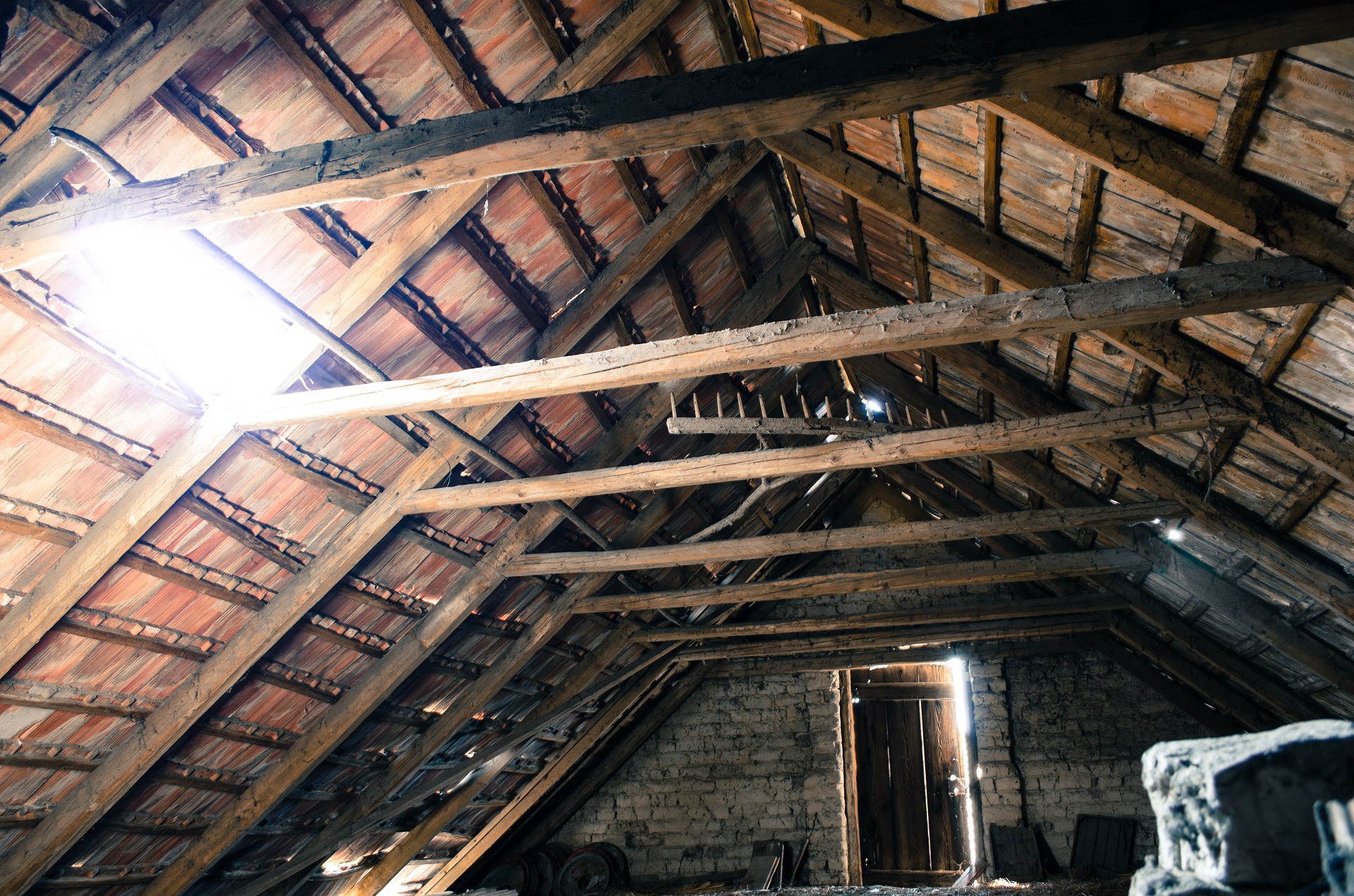The Monster in the Attic (Hint, it’s Green and Fuzzy)
Looking up is not our first reaction when ferreting out mold problems in our homes. Finding mold in the deepest, darkest parts of our homes is to be expected - basements can flood, downstairs bathrooms might have a leak. The crawlspace may only be entered once or twice a year to get the Christmas decorations out. But looking up - to our attics and roofs - may reveal hidden sources of mold contamination in our homes.
Whether or not you have a useable attic, they are generally the least actively used space in our homes, which makes them one of the best places for mold to grow. In the summer they’re too hot, and in the winter too cold - that might not be nice for us, but for mold it might actually represent a perfect growth environment. 
Mold always needs one active ingredient to grow - water. If you have a dry and well ventilated attic, you should never have mold growth, but as soon as moisture is introduced, you may begin having problems.
But where does this water come from? A leaky roof is the most obvious culprit when it comes to mold in the attic. Old shingles, or improperly sealed vents, chimneys and skylights can all invite water in, but mold can most often take root under a leaky roof when homeowners take too long to replace old shingles. It might be easy to think that because there are no leaks there are no problems - but that could leave you with a bigger problem on your hands, since with mold growth a small leak could quite easily cause a big problem.
Mold in attics also forms simply because we generate a lot of humidity simply through our day to day lives: running our furnaces, boiling water, showering, doing our laundry - even keeping houseplants can introduce moisture in our homes. And of course, warm air rises, and when it finds its way into the attic, the moisture in that air condenses on the wood, old insulation, cardboard boxes, old toys… All perfect surfaces for mold to grow on.
It may sound counter-intuitive, but not all kinds of mold needs warmth to grow - wintertime is actually the perfect season for some kinds of molds. The warm attic air meets the cold exterior surface of the roof, and any moisture can then condense and start to cause problems. Making sure your attic is properly vented so that any collecting condensation is quickly dried and heat and moisture can escape is a key part of keeping your indoor environment safe from mold growth.
If you suspect you have mold in your attic, it’s important to have the problem looked at by a professional right away. Even if you don’t use your attic, mold spores can travel through your home and populate in other spaces, affecting your family’s health and safety along the way. A professional will come into you home and not only clean up any mold they find, but help you track down the source of the problem, whether it be improperly sealed windows, leaky shingles, or poor ventilation, so that new mold growth is prevented.





